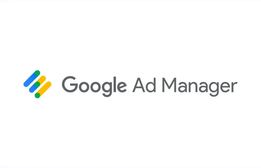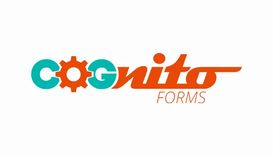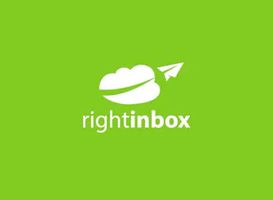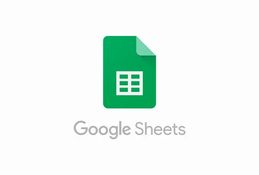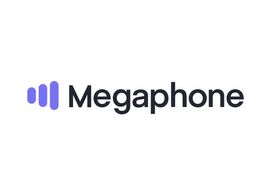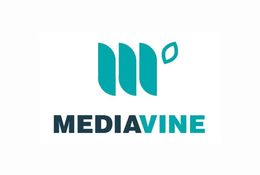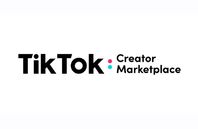
How To Make Money With Ads on Your Website, Podcast, Newsletter, and Videos
Content Creator Monetization Strategies
As a content creator, you're in the media industry. You may not think of yourself as a "publisher" or "broadcaster." Still, you're creating and distributing content; digital media is the industry you operate within. And, advertising is synonymous with the media industry.
In this article we'll explore how online publishers, podcasters, newsletter producers, and video creators can use advertising as a successful monetization strategy.
Direct Ad Sales or Advertising Network
You have two options for selling ads on your website, newsletter, podcast, YouTube channel, etc. You can sell advertising directly to brands and businesses, or you can sign up to be part of an ad network to auto-fill your ad slots.
Most media companies don't rely on just one strategy to monetize. They diversify their revenue streams. Similarly, you don't have to choose only direct ad sales or only ad networks to monetize your content creator business. You can use a combination of these options, among others for revenue.
Let's explore these advertising strategies.
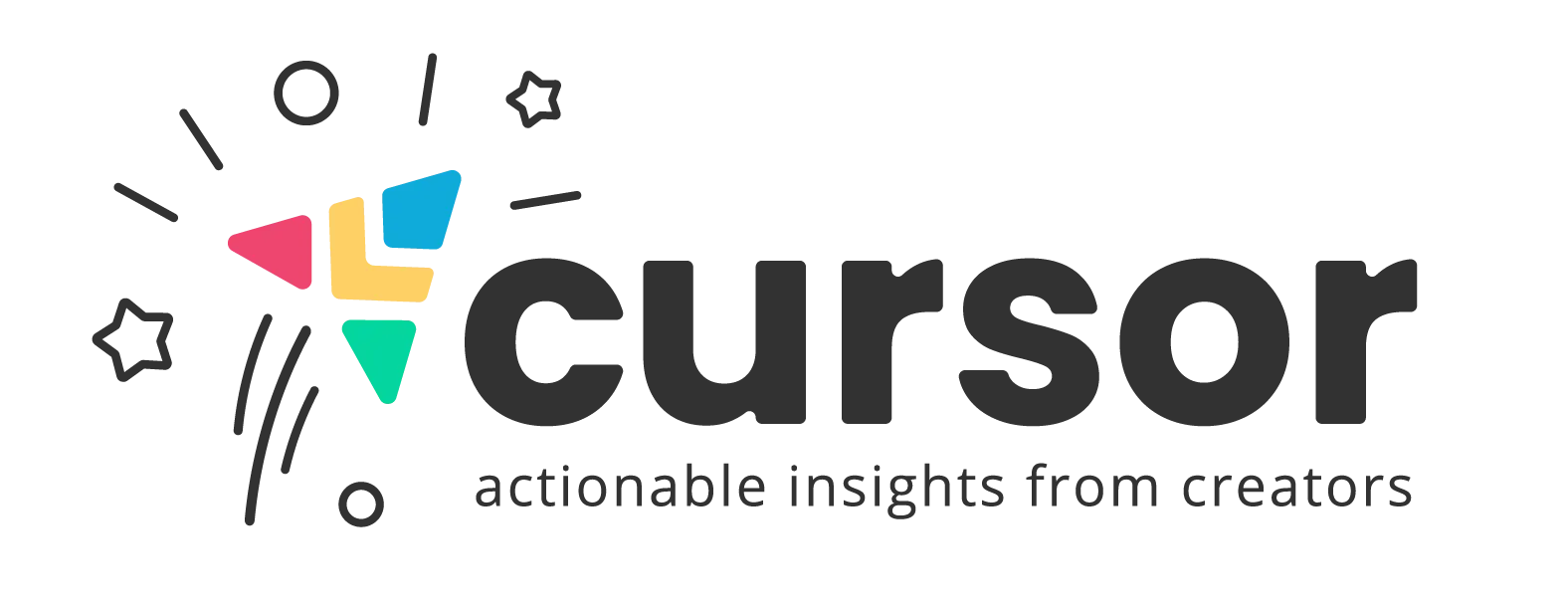
📧 Subscribe to Cursor!
Actionable insights for creators, delivered monthly.
Make Money with Direct Ad Sales
With direct ad sales, you sell advertising inventory directly to brands and businesses. This option is a bit more labor-intensive but will usually produce higher revenue per ad slot. With direct ad sales, you set the advertising rates for the inventory on your website or in your newsletter, podcast, or videos. You're also responsible for prospecting potential advertisers, generating leads, creating sales proposals, and fulfilling the ad campaigns.
Direct Ad Sales Process
Step 1: Define your advertising inventory.
You'll need to determine where you'll place ads within your media properties. For example, on your website, banner ads can exist in the header, footer, amongst your content, or the sidebar on all or select pages. You can have ad spots at the beginning of each episode or interspersed throughout the episode in your podcast. Similarly, you can place ads in your newsletter or within your videos.
You can combine ad slots to create high-value campaigns for your advertisers. For example, if you have both a website and a podcast, a campaign may include placement for your advertiser(s) in both places.
Step 2: Create a media kit.
A great-looking, professional media kit is essential for attracting advertisers. Your media kit should live on your website and in PDF format. It should be accessible in whatever format works best for the advertiser with whom you're corresponding.
Your media kit should include:
- About info - information about your publication and the content that you produce.
- Audience info - a description of the people you reach with your content.
- Stats - how many people do you reach through your various channels - website visitors, podcast listeners, newsletter subscribers, YouTube subscribers, Facebook followers, Instagram followers, etc.
- Ad packages and rates - include information about pre-set ad packages. If you don't want to have pre-set packages, you can take the approach of customizing each campaign for your advertisers. Provide some information about that process in place of the packages, if applicable.
- Testimonials - if you've worked with advertisers, include a few positive words from them. Don't worry about having testimonials right away but plan to add them as you can.
- Contact info - provide your name, email, phone number, address (if applicable), website, and social media links.
Step 3: Develop an advertising contract.
A contract shows advertisers that you're professional and outlines various scenarios that protect both you and your clients. Have an attorney draft a simple advertising contract for you or find an online service that offers boilerplate documents that you can purchase.
Step 4: Prospect advertisers.
Develop a list of potential advertisers. How? Go back to your media kit. What did you write about your audience? Now, consider which brands or advertisers want to reach that audience. You don't have to work with big brands to successfully monetize your content. Think about smaller businesses that may be a good fit. They are typically easier to reach out to and are more flexible with their advertising budgets.
Step 5: Reach out to potential advertisers.
Send emails, reach out on LinkedIn, start interacting with your prospects' social media posts. Do what you can to get in front of them. Don't hesitate to follow up more than once. Sales requires persistence.
If you're successful at generating interest, you'll need to correspond to understand their needs and close the sale. This may happen over additional emails, the phone, or an online meeting. Ask the business about their marketing goals so that you can develop a campaign that suits their needs.
Step 6: Send a proposal for signature and payment.
Once you understand the business's advertising goals, you can craft a proposal to suit their needs. Include a signature line on the proposal and advertising terms (your contract). Include payment terms, and be sure to charge for a portion of the total fee at contract signing.
Online proposal software like Better Proposals or PandaDoc can make this a seamless process.
Alternatively, you can offer standard ad packages on your website. You can use online forms and a payment processor to set up an advertising order form. Include a checkbox for agreement to your terms and conditions. Jotform or Cognito Forms are useful tools for this job.
Step 7: Fulfill your advertising contracts.
Place your advertisers' ads within the ad slots they've purchased and schedule the appropriate duration. Fulfill the requirements of the contract.
Step 8: Advertise your advertising.
Your audience may include business owners. If they like and subscribe to your content, there's a good chance they'll be interested in advertising in it as well. Promote your advertising options within your available ad inventory to drum up sales.
Beginner Tip: When you're just starting, you may not have much of an audience. Advertisers, of course, want to reach a sizeable number of people. You can offer advertising even in the beginning as long as you price accordingly. Offer lower rates at the beginning or consider trading for products or services from your advertisers. You can use those "trades" to help grow your audience. For example, if you get a product, you can use that for a giveaway and generate more subscribers in the process.
Direct Ad Sales Tools
You'll need a few tools to implement a direct ad sales strategy, most importantly, a way to place the ads within your media.
Ad Servers
Your website should serve ads through an ad server, making it possible to schedule start and end dates, impression quantities, and more. AdPlugg and Google Ad Manager are two no-cost options. As your media company grows, you may upgrade to a more robust ad server, but most creators will be well-served by these options for years.
For podcasters, PodBean's PodAds offers dynamic ad insertion for PodCast episodes.
Podcasts, newsletters, and videos on YouTube often have the advertising creatives added right into the content. An ad spot is read by the hosts at the beginning of the podcast, for example. Or an ad is placed directly in the newsletter.
Proposals
If customizing advertiser campaigns, you'll need to create and submit professional-looking proposals. You'll want to accept a signature on the proposal and agreement, along with payment.
A low-cost way to do this is to create the proposal in Google Docs and then export it to a PDF to send via email. The advertiser can then fill out an Advertising Acceptance Form on your website, where they can accept the terms and provide a digital signature. JotForm and Cognito Forms offer free or low-cost plans and have digital signature capabilities.
For a more seamless solution, we recommend a proposal software like Better Proposals, Pandadoc, or Honeybook; all have low-cost pricing plans.
Order Forms
If you decide to offer advertising packages through your website, you'll need a way for advertisers to buy them. You can easily create an embeddable advertising order form for your website with platforms like JotForm, Cognito Forms, TypeForm, or PaperForm.
Email Outreach
In direct ad sales, success is in the follow-up. You may need to reach out to prospective brands and follow up with leads multiple times to get a deal done. You can try to do this manually, but software can be a huge time saver! RightInbox and Gmelius are affordable options that enable email sequences right within Gmail.
Fulfillment
Once you've signed on a few advertisers, you'll need to be able to track all of the campaign fulfillment items. If you're already using a project management tool to organize your content creation tasks, you can likely use the same software to keep track of fulfillment. Otherwise, Trello and Google Sheets are free and straightforward tools.
When in doubt, keep it simple. It can be overwhelming to get all of these tools in place and to get your workflow "just right." Progress is more important than perfection. Your first advertising deal may happen just over email correspondence, and that's okay! The tools that you use and your workflow will evolve as you continue to operate.
Make Money with Ad Networks
As your audience grows, ad networks are another effective monetization method. Compared with direct ad sales, ad networks generally produce lower CPMs (cost per thousand "ad views") than direct sales. However, they are also less time-intensive. Once accepted into an ad network, you simply place the ad slots within your website or other media, and the network fulfills your inventory.
You'll need tens of thousands, if not hundreds of thousands of available ad impressions to make any real money with an ad network. Some networks pay better than others, and each has its own requirements for traffic, listeners, or viewers.
Advertising Network Process
The process of implementing an advertising network strategy is less involved than direct ad sales. As we previously mentioned, the payoff is also smaller as you're usually earning just a few bucks or a few cents for a thousand impressions. While each ad network will have different requirements and onboarding systems, most generally follow the same general process:
1. Fill out an application to be accepted into the ad network.
2. Once approved, place the ad network code and ad slots within your media - on your website, in your podcast, within your newsletter. You'll be able to choose which formats best fit your content. Display ads, text ads, audio ads, and video are typical ad formats.
3. Receive payments as your site racks up ad impressions. Most will have an earnings threshold you have to reach before they send payment. Google AdSense will make a payment once you've hit $100 in earnings, for example.
Advertising Networks
Below we've compiled a list of just a few of the many ad networks that exist for niche websites and blogs, newsletters, podcasts, and video creators.
Website Ad Networks
Online publishers, bloggers, niche websites, and creators have several ad networks to consider. You may need to meet specific requirements to qualify for acceptance into their programs. Others require very little of the website owner to get started. Here are a few networks to research for your website.
Newsletter Ad Networks
Newsletters have grown in popularity as journalists and creators aim to deliver quality content to their audiences. While many independent creators choose to sell ads directly in their newsletters, ad networks are starting to cater to this format.
Podcast Ad Networks
Some podcast platforms and hosts have built-in ad networks. Ads are purchased through the network, and the ads are inserted dynamically into your podcast. Podcast advertising marketplaces also exist like AdvertiseCast. You can set your rates and list your podcast in the directory. You're then responsible for fulfilling the ads placed from the marketplace, and you'll pay a percentage of sales to AdvertiseCast.
Video Ad Networks
Video creators have several options for in-stream monetization. Many of the ad networks that we mentioned for website ads, also have in-stream video formats with accompanying video players. Monumetric, Mediavine, and AdThrive all list these capabilities.
Video producers who grow their audience on YouTube, Facebook, Instagram, and TikTok can participate in their creator programs to automate ad revenue.
Choose Your Advertising Monetization Strategy
Consider direct ad sales and ad networks as part of your monetization strategy. The success of an advertising program will hinge on having an engaged audience. With direct ad sales, you can realize higher rates and start seeing real revenue earlier. But, with an ad network, you can mostly "set it and forget it" while you try to grow your traffic and impressions to see higher earnings.
Consider implementing an ad strategy along with other monetization strategies to grow your revenue as an online creator.

